
Solar battery costs depend on the size of your system, labor, and capacity. Learn how much you could pay for batteries for home solar systems.
Solar panel inspection cost averages $200, with a range from $150 to $350. Factors like system size, inspection type, and location affect your final price.
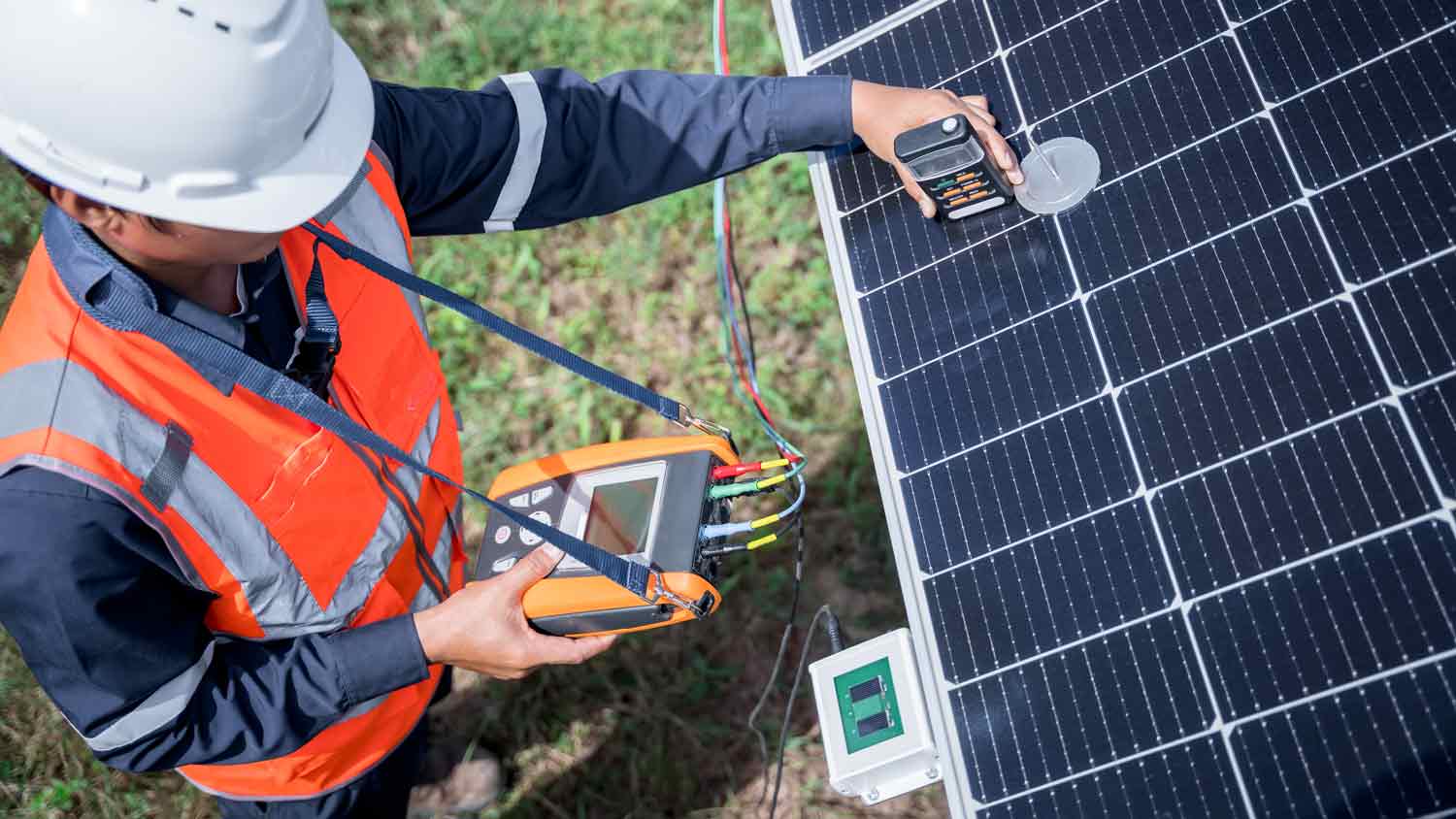

Solar panel inspections involve a thorough check of panels, wiring, and system performance.
Costs depend on system size, inspection type, and your region’s labor rates.
Labor is often billed as a flat fee for basic inspections, but hourly rates range from $60 to $100.
Professional inspections ensure safety, efficiency, and warranty compliance.
For roofs with difficult access, expect an added fee of $50 to $100 for special equipment or extra labor.
This article was created using automation technology and thoroughly fact-checked and edited by an Angi Editor in accordance with our AI policy.
Solar panel inspection cost is a key consideration for homeowners looking to maintain system performance and safety. On average, a solar panel inspection costs $200, with most homeowners paying between $150 to $350. Prices may vary based on system size, inspection type, and regional labor rates.
These inspections help prevent efficiency loss and catch issues early, saving you money in the long run. Labor costs for inspections often range from $60 to $100 per hour, depending on your area.
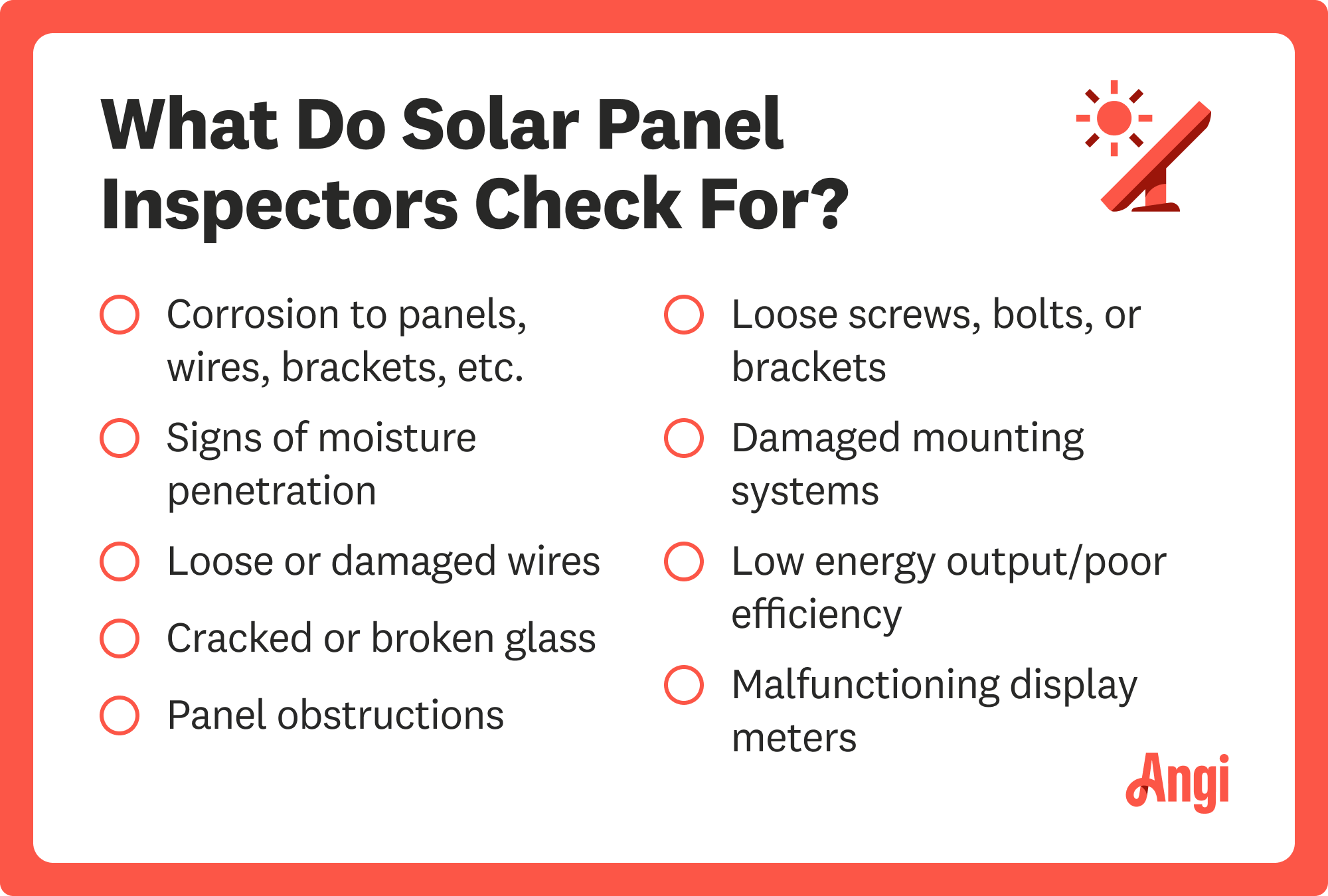
Many variables affect the total solar panel inspection cost. From the type of inspection you need to the size and location of your system, understanding these factors will help you budget wisely.
The type of inspection you choose is one of the biggest cost drivers. Standard visual inspections involve checking for visible damage, dirt, and debris. Electrical inspections go deeper, testing the system’s wiring, inverter, and performance. Drone and thermal imaging inspections use advanced tools to spot issues that may be invisible to the naked eye, such as hot spots or hidden wiring faults.
Visual inspections are recommended for routine maintenance, while electrical and thermal imaging are valuable for older systems or when performance drops. Drone inspections are ideal for panels that are difficult to access safely.
| Inspection Type | Description | Average Cost |
|---|---|---|
| Visual | Basic check for damage, dirt, debris | $150–$200 |
| Electrical | Tests wiring, inverter, and performance | $200–$300 |
| Drone | Aerial imaging for hard-to-reach panels | $250–$350 |
| Thermal Imaging | Infrared scan for hidden issues | $300–$400 |
The size of your solar system—measured by the number of panels or total kilowatts—influences inspection cost. Smaller residential systems cost less to inspect, while large or commercial arrays require more time and may be priced per panel or per kilowatt.
For most homes, a flat rate covers up to 20 panels. Larger setups, such as those with 30 panels or more, might be charged per panel or per kilowatt, adding $5 to $15 per panel.
| System Size (kW) | Number of Panels | Description | Cost Range |
|---|---|---|---|
| Up to 5 | 10–20 | Residential system | $150–$250 |
| 6–10 | 21–35 | Large home/small business | $200–$350 |
| Over 10 | 36+ | Large/commercial system | $300–$500+ |
How often you inspect your solar panels also affects your budget. Most homeowners schedule annual inspections, but semi-annual checks are smart in harsh climates or for older systems. Some installers offer recurring inspection contracts at a discounted per-visit rate, while one-time inspections cost more per visit.
Frequent inspections help meet warranty requirements and keep your system running efficiently. After severe weather or visible damage, immediate inspections are recommended to prevent further issues.
Inspections require tools like voltmeters, insulation testers, and safety gear. Advanced inspections may also use thermal cameras or drones, which add to the overall cost. In rare cases, minor replacement parts (like connectors or fuses) might be needed and are billed separately.
| Material/Equipment Type | Description | Cost Range |
|---|---|---|
| Basic testing tools | Voltmeters, insulation testers, hand tools | Included |
| Thermal camera | For infrared imaging | $50–$150 extra |
| Drone | For aerial inspections | $75–$200 extra |
| Replacement parts | Small components (fuses, connectors) | $10–$50 each |
Solar panel inspections are performed by licensed electricians, solar technicians, or certified inspectors. Labor is often billed as a flat fee for basic inspections, but hourly rates range from $60 to $100 depending on experience and region. Certified inspectors or those with advanced training may charge more.
Travel fees can apply for remote homes, and emergency callouts after severe weather increase the cost by $50 to $150.
Where you live has a big impact on the solar panel inspection cost. Urban areas with higher labor rates tend to be more expensive than rural regions. States with a higher cost of living, like California or New York, also see higher inspection fees.
The physical placement of your panels matters, too. Roofs that are steep, multi-story, or otherwise hard to access may require special equipment or extra labor, increasing the cost by $50 to $100.
Tipping is not required for solar panel inspectors, but it is appreciated for exceptional service. If you feel your inspector went above and beyond, a tip of $10 to $20 is a nice gesture. Alternatively, leaving a positive review or referring friends is a great way to show appreciation.
Regular solar panel maintenance keeps your system running at peak efficiency and help you catch issues early. Most experts recommend annual inspections for residential panels. In harsher climates, or if your system is older, semi-annual checks are a smart investment.
After major storms, heavy snowfall, or extreme heat, schedule an inspection to check for damage. If you notice a sudden drop in energy production or see visible damage, arrange an immediate inspection. Regular maintenance not only protects your investment but can also extend your system’s lifespan by several years.
Add-ons can make your inspection more comprehensive, but they also increase the total solar panel inspection cost. Here are some common extras and what you can expect to pay:
Drone or aerial inspections for panels that are hard to reach: $75 to $200
Electrical system testing for the inverter, wiring, and connections: $50 to $100
Performance monitoring and reporting: $50 to $100
Panel cleaning services during inspection: $50 to $150
Infrared/thermal imaging to detect hidden issues: $100 to $200
Minor repairs or component replacements identified during inspection: $10 to $100 per item
Add-ons are recommended if your panels are difficult to access, your system is older, or if you want a more detailed performance analysis.
Some homeowners choose a DIY approach to save money. DIY inspection costs include purchasing basic safety gear (around $30 to $50), a voltmeter ($20 to $50), and possibly a ladder or extension pole for cleaning. The main investment is your time—expect to spend 2 to 3 hours for a thorough check.
To inspect panels yourself, you need a good eye for detail, basic electrical safety knowledge, and the right tools. However, DIY inspections carry risks: you could miss hidden issues, void your warranty, or face safety hazards from working at heights or with electricity.
Hiring a professional ensures a thorough job, compliance with warranty terms, and peace of mind. We recommend calling a local solar panel pro for electrical testing, troubleshooting, or if you have a large or complex system.
There are several ways to keep your solar panel inspection cost manageable:
Schedule inspections during off-peak seasons for potential discounts.
Bundle inspection with other solar maintenance services, such as cleaning or minor repairs.
Sign up for annual or multi-year inspection contracts for lower per-visit rates.
Maintain easy access to your panels to reduce labor time.
Perform basic visual checks yourself between professional inspections.
Compare quotes from multiple qualified providers.
Ask about discounts for new customers, referrals, or bundled services.
Home is the most important place on earth, which is why Angi has helped more than 150 million homeowners transform their houses into homes they adore. To help homeowners with their next project, Angi provides readers with the most accurate cost data and upholds strict editorial standards. We extensively research project costs to develop the pricing data you see, so you can make the best decisions for you and your home. We rely on reputable sources, including the U.S. Bureau of Labor Statistics, academic journals, market studies, and interviews with industry experts—all to ensure our prices reflect real-world projects.
Want to help us improve our cost data? Send us a recent project quote to [email protected]. Quotes and personal information will not be shared publicly.
From average costs to expert advice, get all the answers you need to get your job done.

Solar battery costs depend on the size of your system, labor, and capacity. Learn how much you could pay for batteries for home solar systems.
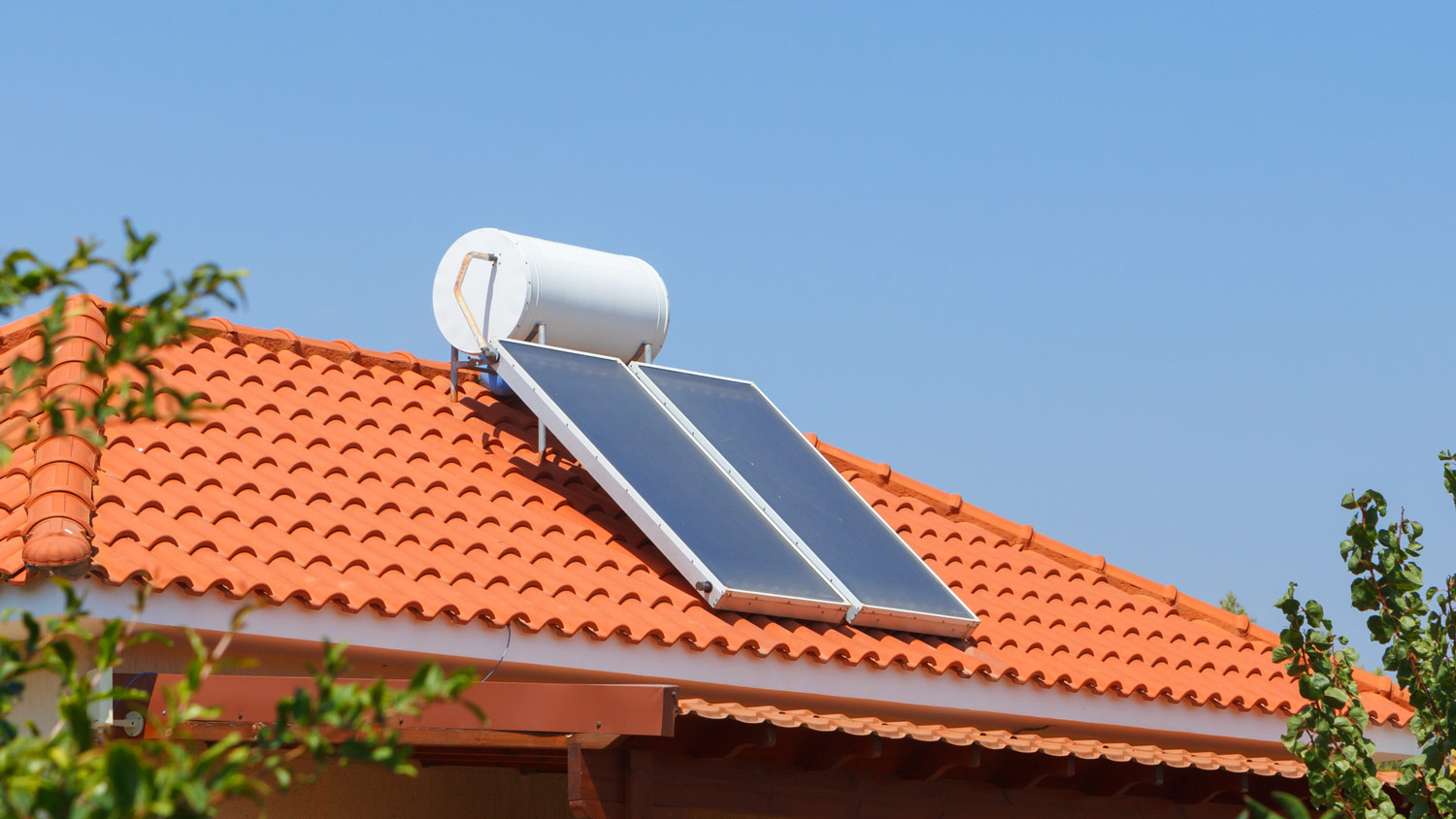
Get a clear estimate for solar water heater repair cost. Learn what impacts pricing and how to budget for your solar water heater repair.
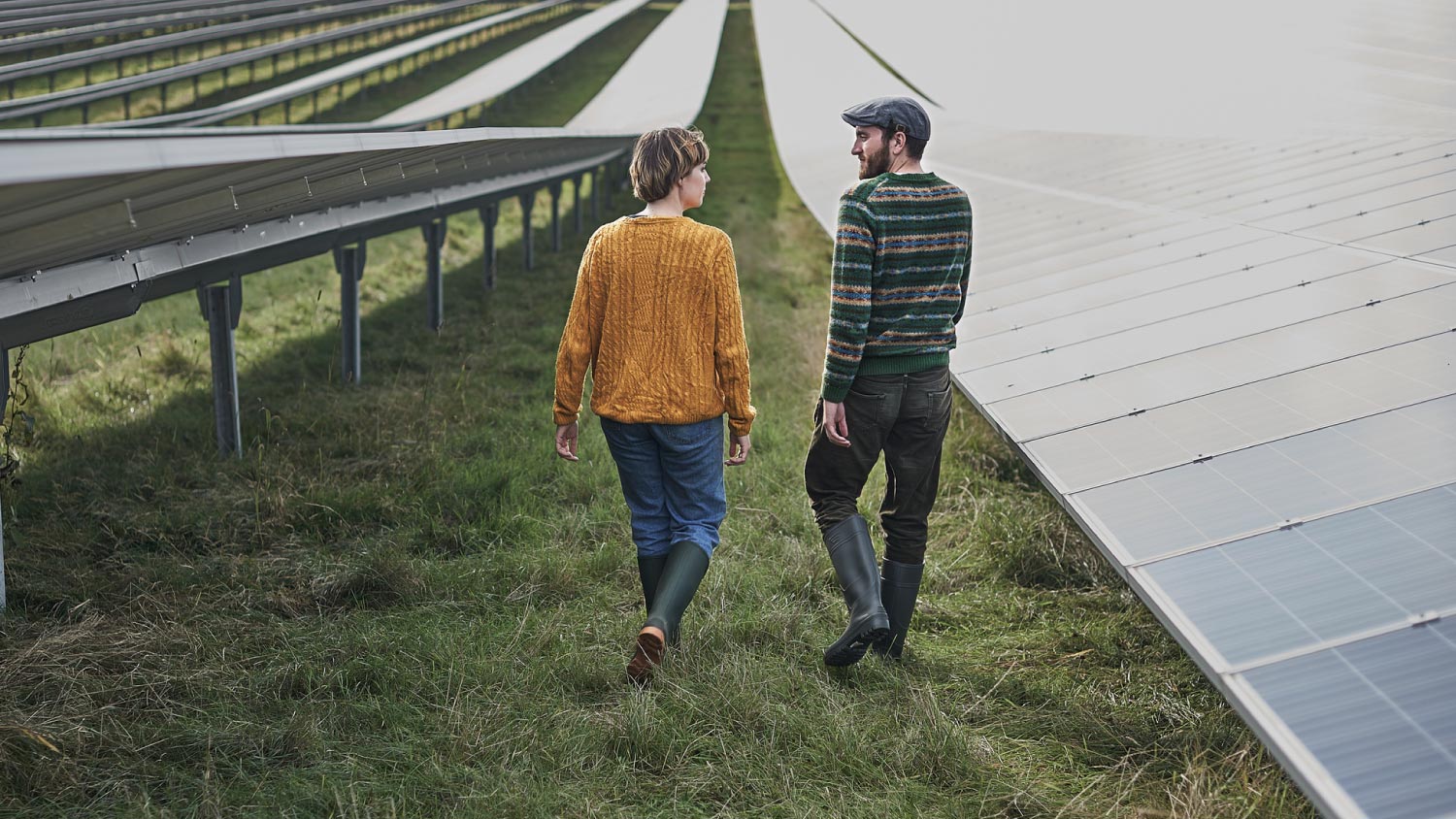
Get a detailed estimate of solar farm costs. Learn about average prices, key cost factors, and ways to save when planning your solar farm project.

Before making a decision, learn all the pros and cons of leasing solar panels so you can decide if it's the right decision for your home and your wallet.

Many homeowners are looking to lower energy bills and also help the environment. Installing solar panels on a backyard shed can do both. Here's what to know.
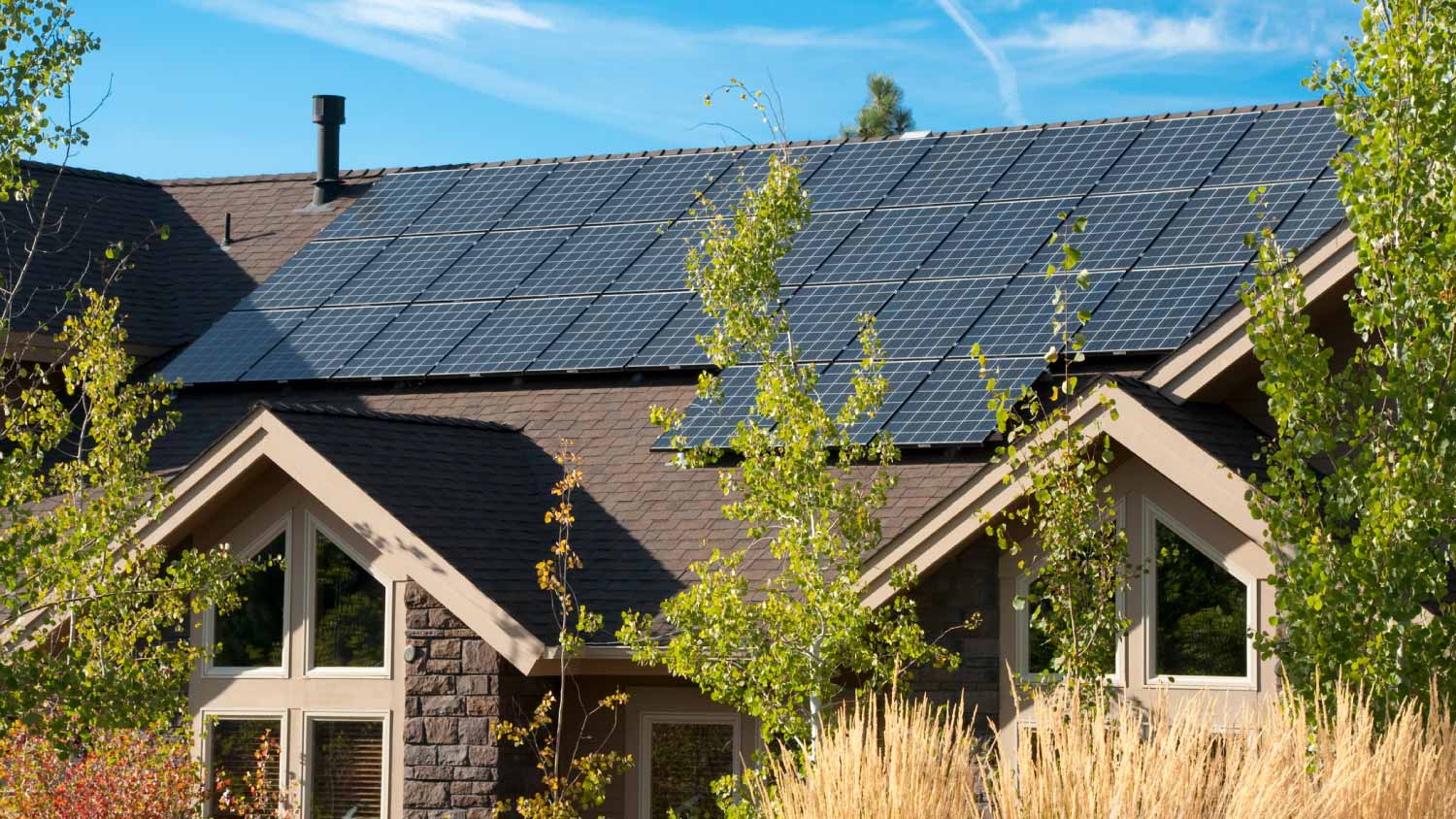
What happens to solar power when the batteries are full? We’re here to answer that question and give you tips on what to do with the excess.